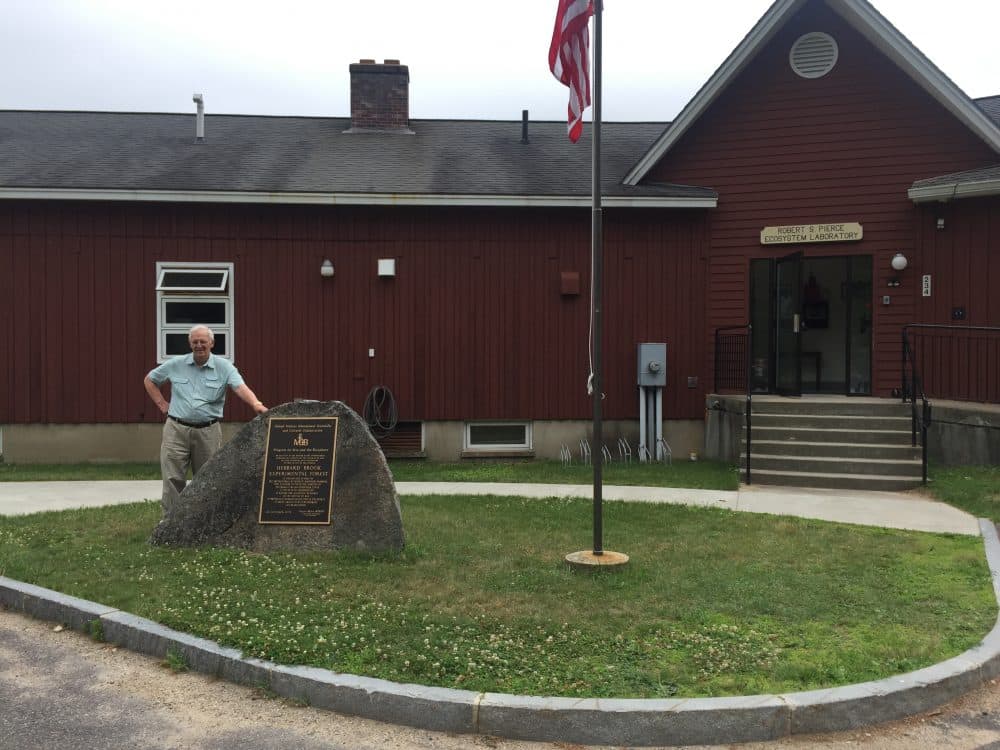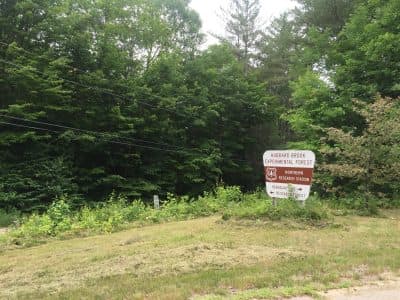Advertisement
Discovering Acid Rain At The Hubbard Brook Experimental Forest
Resume
Hidden among the White Mountains is an unexpected laboratory: the Hubbard Brook Experimental Forest.
"I've always said I can't believe somebody pays me to work in such a beautiful place," says Gene Likens, co-founder of the Hubbard Brook Ecosystem Study.

The USDA Forest Service has 79 experimental forest and ranges across the United States. Likens, along with three colleagues, worked with the Forest Service to begin studying Hubbard Brook in 1963. One of the most notable discoveries at the site is acid rain.
Now, teams of scientists perform large-scale experiments there, from cutting down the trees to measuring the water, to figure out how different conditions effect the ecosystem.
Likens met us at the forest to talk about some of the discoveries they've made over the past 50 years. His new book with co-author Richard T. Holmes is "Hubbard Brook: The Story of a Forest Ecosystem."
Guest
Gene Likens, president emeritus of the Cary Institute of Ecosystem Studies, and co-founder of the Hubbard Brook Ecosystem Study, which tweets @hubbardbrooknh.
This segment aired on August 26, 2016.

